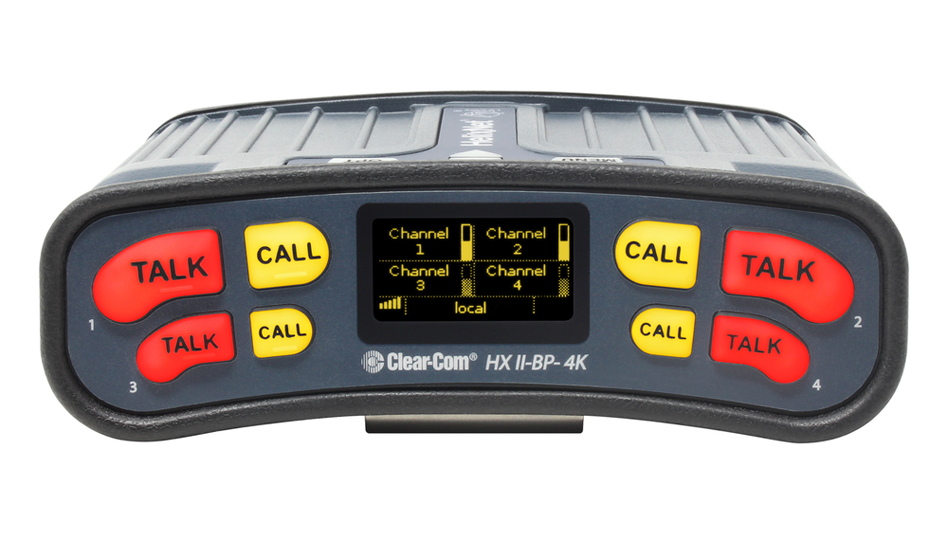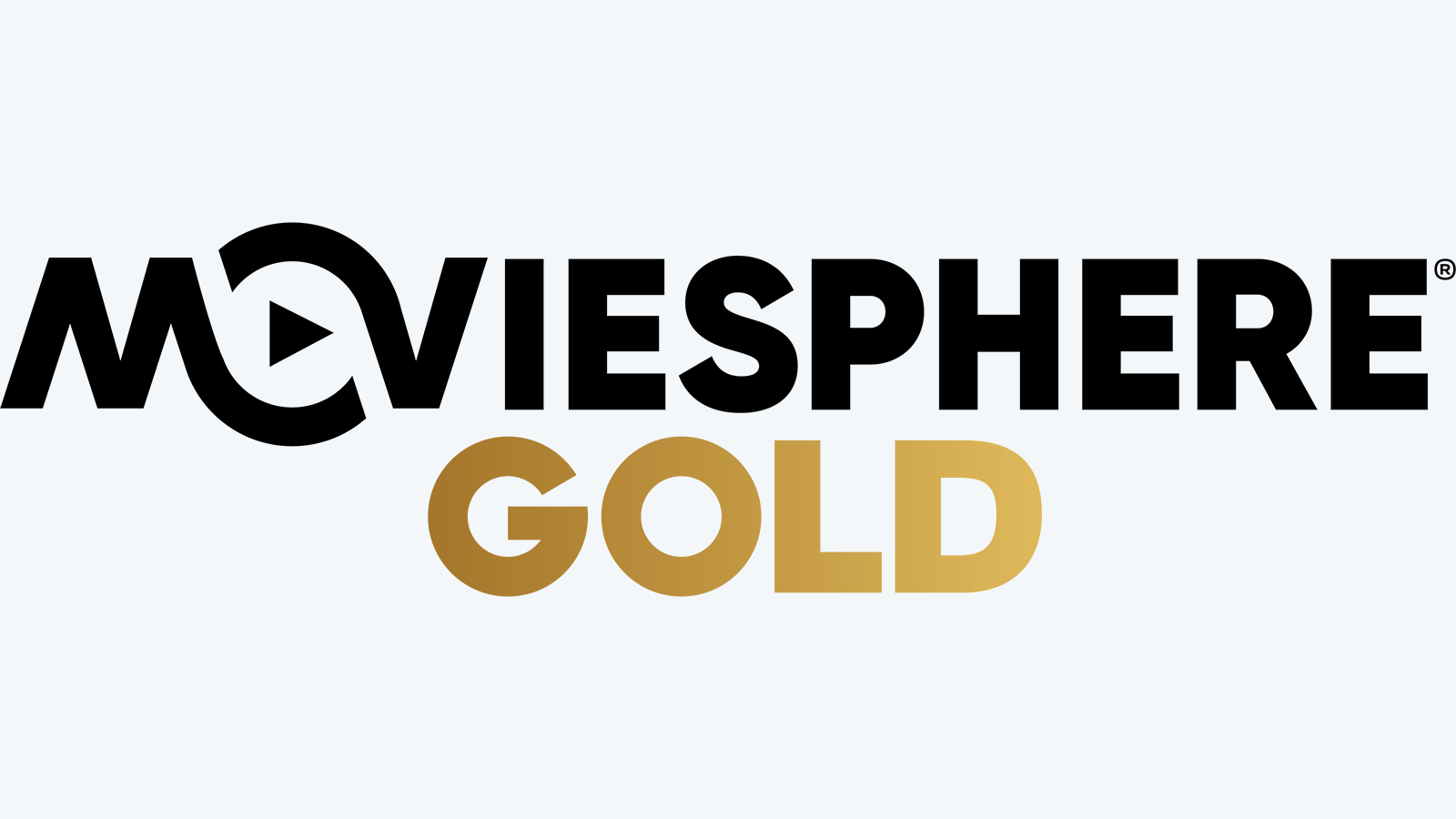Clear-Com Unveils New 4-Channel HelixNet Beltpack
Next-gen beltpack expands channel count and offers improved interface

ALAMEDA, Calif.—Clear-Com has introduced its four-channel HelixNet beltpack, a next-generation advancement of its widely used two-channel model, and anticipates availability next year.
In addition to an expanded channel count, the new beltpack offers an improved user interface designed to meet the evolving demands of live productions and broadcast environments.
The four-channel HelixNet beltpack allows users to simultaneously communicate across four distinct channels, providing greater flexibility for multiteam coordination in complex production setups. While fully compatible with the recent updates to Clear-Com’s Arcadia Central Station, it maintains backwards compatible two-channel functionality on legacy HMS stations and earlier Arcadia versions, Clear-Com said.
The current HelixNet product family offers intuitive, networked party-line intercom solutions built on Clear-Com’s heritage of analog systems. HelixNet user stations, beltpacks, speaker stations, remote stations and central stations provide familiar workflows, effortless administration and scalable deployment without crosstalk or interference.
Powered by Clear-Com’s I.V.Core technology, the existing system dynamically manages audio mixing across up to 24 channels, making it well-suited for live performances, broadcast productions, theme parks and public-safety applications.
“Building on the legacy of the two-channel HelixNet beltpack, this new four-channel version empowers production teams with greater control, communication efficiency, and versatility,” Clear-Com product manager Frank Linton said. “It’s a sustaining project that not only improves our existing portfolio but also introduces a product that meets the real-world demands of our customers.”
More information is available on the company’s website.
The professional video industry's #1 source for news, trends and product and tech information. Sign up below.
Phil Kurz is a contributing editor to TV Tech. He has written about TV and video technology for more than 30 years and served as editor of three leading industry magazines. He earned a Bachelor of Journalism and a Master’s Degree in Journalism from the University of Missouri-Columbia School of Journalism.

